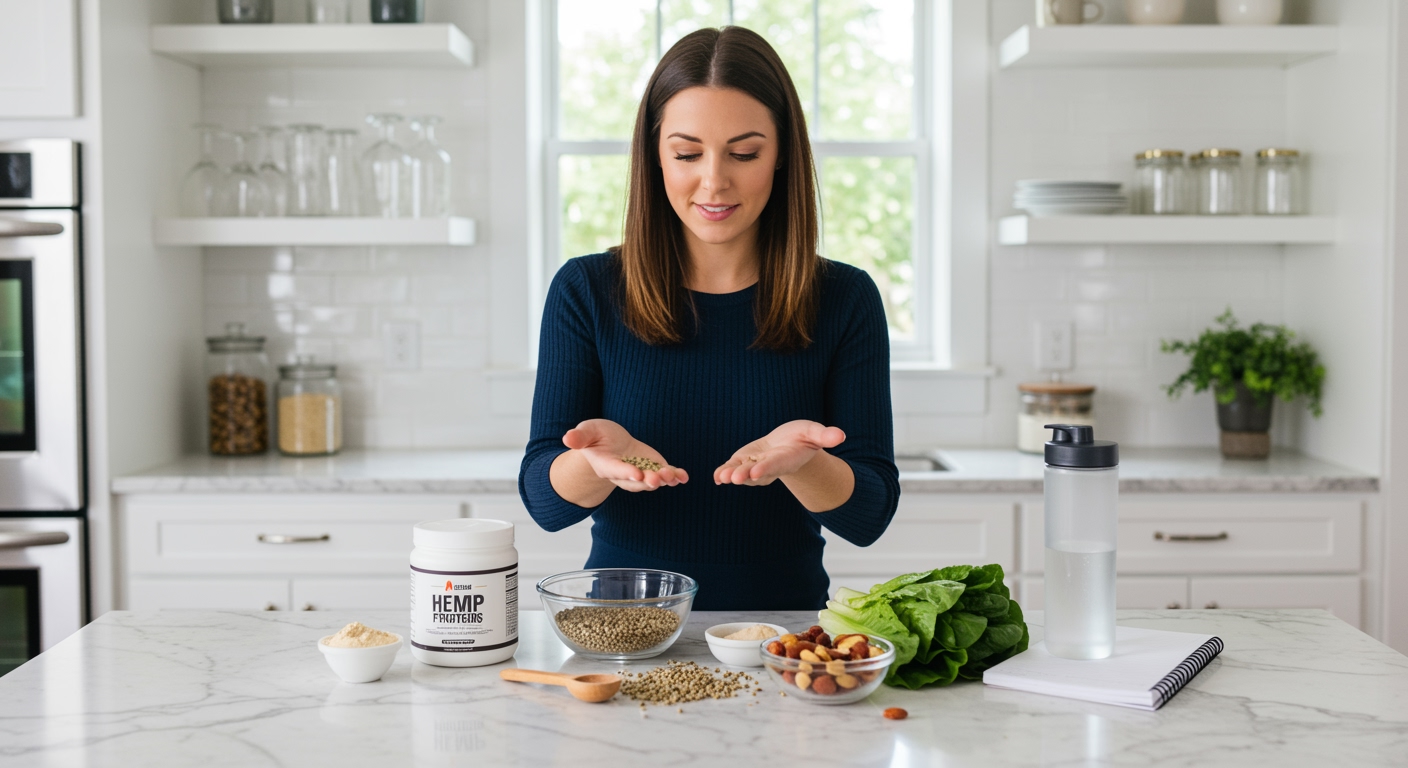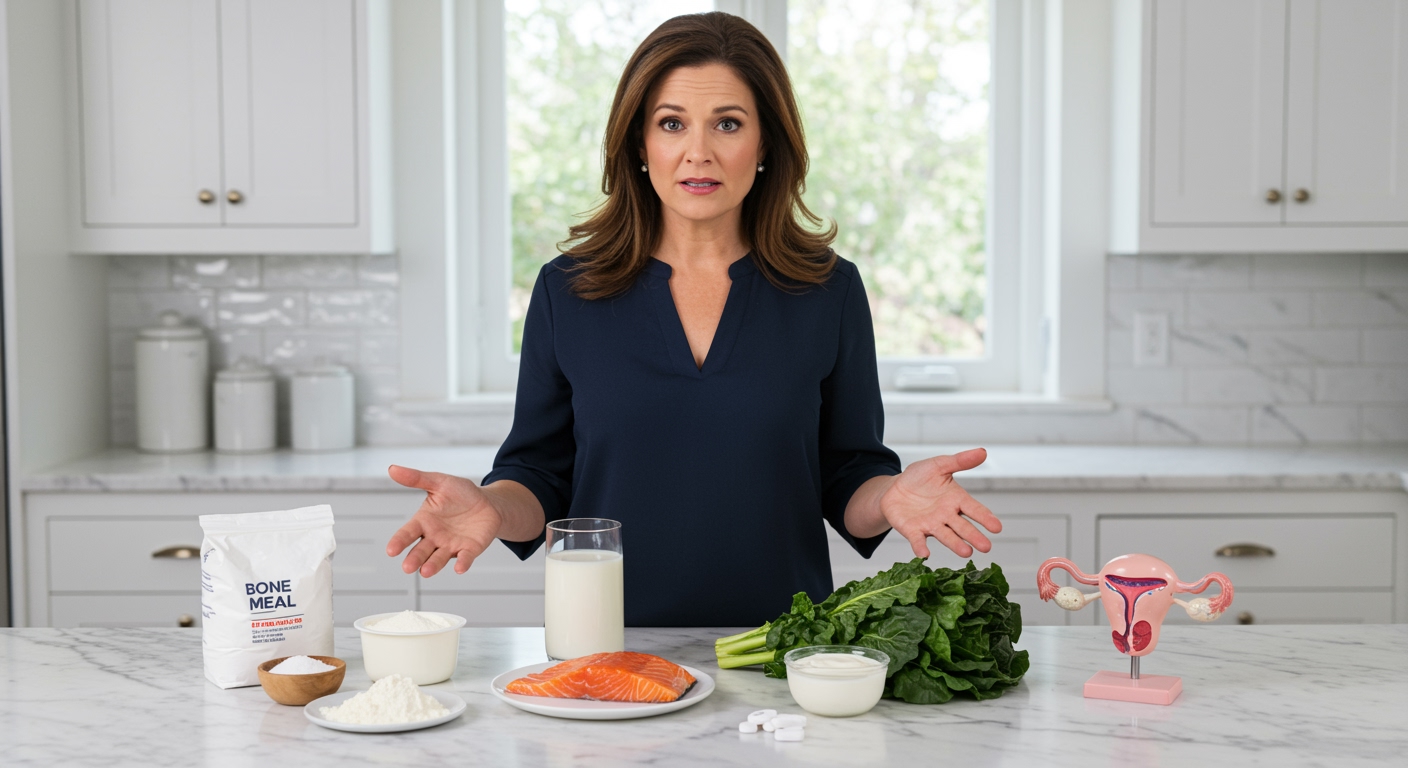✪ Key Takeaway: PCOS women should limit artificial colors as they may worsen inflammation and insulin resistance.
Introduction
Your favorite candy might be sabotaging your PCOS management without you knowing it.
Many women with PCOS wonder if those bright colors in their food could be making their symptoms worse.
Hi, I’m Abdur, your nutrition coach and today I’m going to explain whether artificial colors pose real risks for PCOS women and what you should do about them.
What Are Artificial Colors and Where Do You Find Them?
Artificial colors are synthetic dyes created in laboratories to make food look more appealing.
The most common ones include Red 40, Yellow 5, Yellow 6, Blue 1, Blue 2, and Red 3.
You find these synthetic dyes in candies, sodas, cereals, baked goods, ice cream, and even some medications.
Food companies use them because they create vibrant colors that natural ingredients cannot match.
These dyes also remain stable during processing and storage, unlike natural colorings that fade over time.
The problem is that your body was never designed to process these chemical compounds in large quantities.
✪ Fact: The average American consumes about 5 times more artificial food dyes today than in 1955.
How Do Artificial Colors Affect Your Body?
Your immune system treats artificial colors as foreign invaders that need to be eliminated.
This triggers an inflammatory response throughout your body, including in your reproductive organs.
Some artificial colors can also disrupt your gut microbiome, the collection of beneficial bacteria in your digestive system.
When your gut bacteria become imbalanced, it affects hormone production and insulin sensitivity.
Research shows that certain artificial dyes may interfere with neurotransmitter function, affecting mood and stress levels.
Your liver also works overtime to process and eliminate these synthetic compounds from your bloodstream.
This extra burden on your liver can impact its ability to properly metabolize hormones and insulin.
✪ Note: Your liver processes over 500 different functions, including hormone regulation crucial for PCOS management.
Why Are PCOS Women More Vulnerable to Artificial Colors?
Women with PCOS already deal with chronic inflammation throughout their bodies.
Adding artificial colors to your diet can worsen this existing inflammatory state.
PCOS also involves insulin resistance, where your cells do not respond properly to insulin signals.
Some studies suggest that artificial food dyes may contribute to insulin resistance by affecting cellular function.
Your hormonal imbalances in PCOS make your body more sensitive to environmental toxins and synthetic chemicals.
The stress response triggered by artificial colors can elevate cortisol levels, which worsens PCOS symptoms.
Many women with PCOS also have digestive issues, making them more susceptible to gut microbiome disruption from artificial dyes.
✪ Pro Tip: Keep a food diary to track if colorful processed foods worsen your PCOS symptoms like bloating or mood swings.
What Does the Research Say About Artificial Colors and Health?
Multiple studies have linked artificial food dyes to hyperactivity and behavioral problems in children.
Some research suggests these dyes may also affect adult brain function and mood regulation.
Animal studies show that certain artificial colors can cause DNA damage and cellular changes in reproductive organs.
European countries have banned or require warning labels on foods containing specific artificial dyes due to health concerns.
Research indicates that artificial colors may contribute to allergic reactions and skin problems in sensitive individuals.
Some studies suggest a connection between artificial food dyes and increased inflammation markers in the blood.
✪ Fact: The European Food Safety Authority requires warning labels on foods containing six specific artificial colors.
Should You Completely Avoid All Artificial Colors?
Complete avoidance might be ideal, but it is not always practical in our modern food environment.
Focus on reducing your intake significantly rather than stressing about perfect elimination.
Start by avoiding the most problematic artificial colors like Red 40, Yellow 5, and Yellow 6.
Read ingredient labels carefully and choose products with natural colorings when possible.
Prioritize whole, unprocessed foods that do not require artificial coloring to look appealing.
If you occasionally consume foods with artificial colors, balance them with anti-inflammatory foods like leafy greens and berries.
Consider this approach as part of your overall PCOS management strategy rather than an isolated dietary restriction.
✪ Pro Tip: Choose white or clear versions of products when available, as they typically contain fewer artificial colors.
The Bottom Line
PCOS women should limit artificial colors because they can worsen inflammation and potentially disrupt hormone balance.
Your health is worth more than colorful convenience foods, and small changes in food choices can lead to significant improvements in PCOS symptoms.
I would love to hear about your experiences with artificial colors and PCOS symptoms, so please share your thoughts or questions in the comments below.
References
At NutritionCrown, we use quality and credible sources to ensure our content is accurate and trustworthy. Below are the sources referenced in writing this article:
- Natural Womanhood: FDA Bans Synthetic Food Dye
- MyMed: Artificial Food Colourants and Dyes
- PMC: Health Effects of Artificial Food Colors
- 417 Integrative Medicine: The Dangers of Artificial Food Dyes





